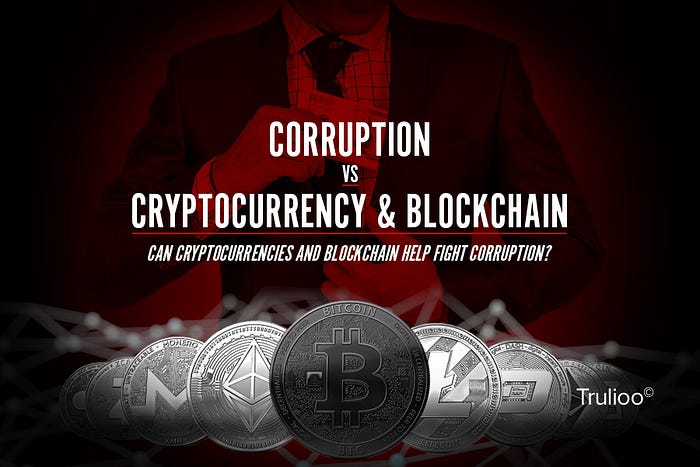
Government projects with massive budgets and complex management structures tend to attract corrupt business people and officials. To offer some perspective, an estimated $1.5–2 trillion annually is lost to bribes alone.
Corruption, as defined by Transparency International, is “the abuse of entrusted power for private gain.” Thus, by definition it involves government. As governments control the purse strings, setup how the projects are managed and decide on projects in the first place, government officials possess influence that can potentially be bought and sold.
The potential damage is deep; corrupt institutions undermine legitimacy, scarce funds are diverted from vital projects and trust in the public sphere is diminished.
Although corruption has been around since time immemorial, modern solutions developed by the public and private sectors can provide the transparency needed to detect and end corruption.
Transparency
It’s difficult to create fraudulent accounting entries if everyone can see you do it. A system wherein every transaction is recorded and open to view, track and analyze, makes it much easier to notice any suspicious payment. Who is being paid? How much? For what?
Accuracy
Effective accounting systems are at the core of any successful project. The proper recording of invoices is not enough; is the invoice itself accurate and fair? Who is authorized to make the payment and are checks and balances in place to ensure that payment policies are met? Accuracy throughout the purchasing chain is a necessary requirement to ensure corruption is kept at bay.
Cost effective
Government projects have a history of spiraling costs that quickly become out of control and that’s no different for large-scale accounting projects. To ensure that the maximum amount of funds goes into the project, not an accounting system, the technology needs to be relatively inexpensive to purchase and operate. Additionally, the costs of running investigations also needs to be kept to a reasonable level.
Distributed Ledger Technology
One class of technology that offers to meet these corruption busting requirements is Distributed Ledger Technology (DLT or blockchain). As there are different DLTs, with differing technology and systems, the specific platform that best suits the needs for overseeing government projects won’t probably be a one-size fits all. Having said that, the transparency, accuracy and cost structure of DLT seems to fit well with the needs of fighting corruption.
Each transaction is listed on the blockchain. With an open blockchain model, all the information is available for anyone to see and independently verify. If the system is set up to match an entity or individual identity to the account, every payment made to that account is traceable.
One major benefit of DLT is the provable accuracy of the accounting. The whole system revolves around having multiple, independent confirmations of any transaction. Once the transaction is confirmed and written on the blockchain, it’s unalterable, as every independent part of the system keeps its own record. The whole blockchain acts as an accurate, mathematically locked, verifiable proof of any transactions veracity.
Implementing DLT
While the potential is there, the application of blockchain technology to manage large government projects is primarily theoretical, with some test projects under way.
The hurdles revolve around cost and scalability. Using Bitcoin or other major existing cryptocurrencies would face significant price volatility, as the price of cryptocurrency changes are so dramatic. There’s also fees to consider, as the transaction speed of the major cryptos are having difficulty keeping up with the volume. While significant money and brainpower are working at fixing these issues, perhaps a better alternative is to create a dedicated coin for these type of projects.
One idea shared on the World Bank blog, proposed by Enrique Aldaz-Carroll and Eduardo Aldaz-Carroll, suggests, “A government or development institution use an existing non-anonymous cryptocurrency or develop its own and give it a name, such as “cleancoin” for example. The value of the cryptocurrency can be determined by the market or preferably be pegged to a physical currency to reduce volatility.”
For institutions that support world development, for citizens that contribute taxes, for people whose lives are impacted, DLTs accuracy, transparency and cost effectiveness hold immense potential to improve tracking of funds. If these systems meet their technological promise and are implemented effectively, societies will have significantly stronger tools to fight the scourge of corruption and all its ill-effects.
